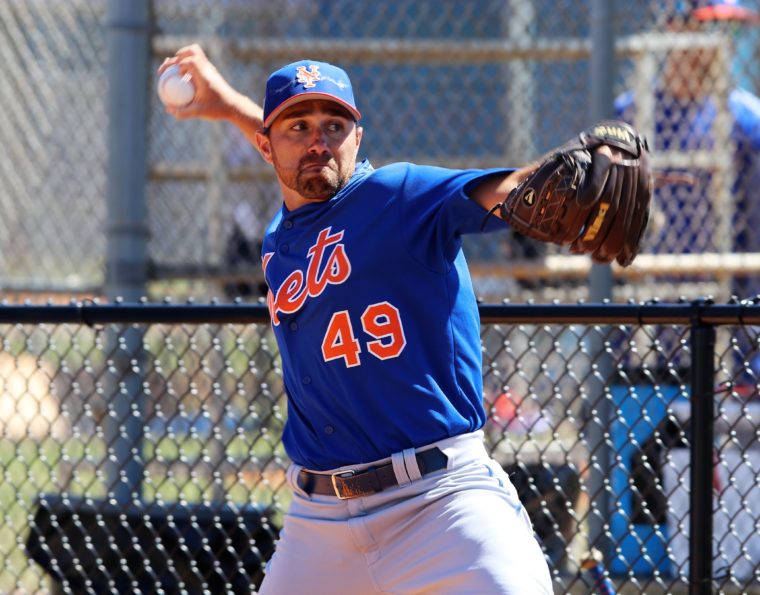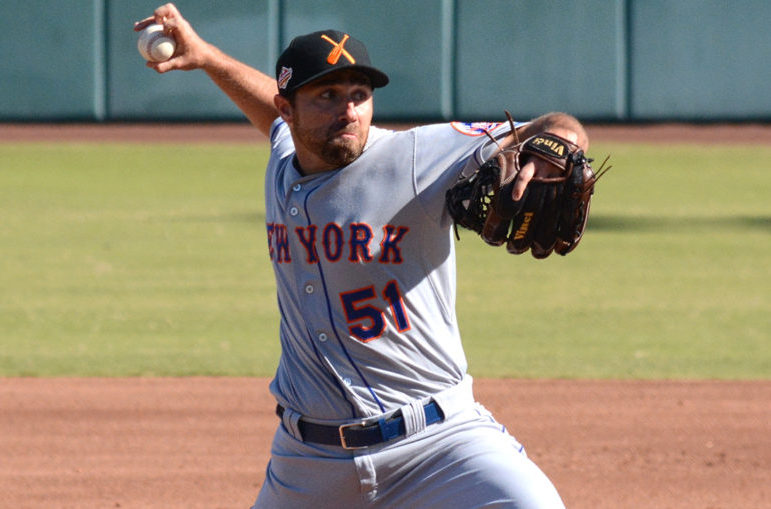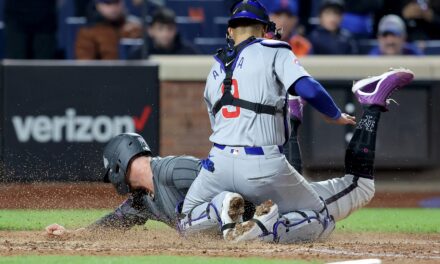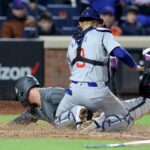
Photo by Ed Delany, MMO
Opening Day 2010. For most baseball fans, the season began April 1. For me, a senior draft pick out of college, Opening Day came in June, only a few days after the Tampa Bay Rays had selected me in the 44th round. My dream of playing professional ball had come true.
It didn’t seem real, however, for a few more days. That’s when I found myself on the mound starting for the Princeton, W.Va., Rays of the Appalachian League, the short-season rookie team located in this town of about 2,000.
It had been a whirlwind just getting there. I had stayed in California after finishing my school year from Cal State Bakersfield, waiting for the draft to begin. The first round took place on June 7th with the top prospects selected. I knew I wouldn’t get selected that day, but the pressure began to build as Day 2 began. I stayed near my phone and computer, keeping track of which team had picked which player.
A teammate from Bakersfield was chosen on the second day, making him the first player from Bakersfield’s young team to be drafted. I kept waiting, joined by my roommate/teammate who also had hopes of being chosen.
Then it was Day 3, June 9.
It began with round 26. They rattle off the names pretty much every second: the name, the team that is drafting them, the position, then name, team, position, over and over. We kept waiting to hear: 27, 28, 29, nothing, nothing, nothing. Into the 30s and we didn’t hear anything. Another Bakersfield teammate was drafted. A little bit of doubt starts to creep into your mind. Is it really going to happen? Then 36, 37, and I still haven’t heard my name. I remember setting my computer down and moving away from it.
All of a sudden, I hear, “The Tampa Bay Rays select Mickey Jannis.” I was like, did I hear that correctly? Did they say my name? Then I heard my roommate scream my name in the background. Right after that a scout from the Rays texted me. He just said, “congratulations on getting picked. I’ll call you after the draft.” I am the first pitcher from Cal State Bakersfield to sign with a Major League Baseball organization.
My roommate didn’t get drafted, but he was happy for me. We immediately began packing up our apartment, and then I drove home to Reno. The next day, I headed to Florida for the last few days of extended spring training. It was my first time ever at a spring training complex, and I remember learning my way around the eight different fields. Soon, though, the coaches and players of the Princeton Rays boarded two small planes and flew to West Virginia to begin our short season.
I didn’t pitch the first three games of the Princeton Rays’ season, and that was tough. I was sitting in the bullpen, just waiting, waiting, waiting for my turn to pitch. I had so much adrenaline; it’s a huge high to pitch in your first pro game. In the years since then the adrenaline is still there, but it’s just more under control now.
Game four, the bullpen phone rang and it was my turn. I pitched my first two innings and got all six outs: five ground balls and one strikeout. My sinker/slider combo seemed to be working. Throughout that season I spent most of my time focusing on how to attack the strike zone, changing speeds and keeping the walks at a minimum.
Near the end of the season I hit a bit of a rough patch. For a two-week span I struggled. My groundouts turned into hits, and I was inconsistent with my mechanics, causing my release point to change. My sinker/slider mix started to become more hittable. I worked endlessly in my bullpens to fix my mechanics and made calls home to my dad with him telling me, “You need to go back to what got you there. Go back to your basic fundamentals.” It ‘clicked’ again. The final week I got back to my comfort zone, and what made me successful. I was able to finish strong. In my exit meeting with the team, they were pleased with what they had seen, and I left with a throwing program to follow during the off-season.

Photo courtesy of MLB.com
My second year with the Rays was spent in Hudson Valley, N.Y., pitching for the Renegades, the short-season A team. I seemed to be the workhorse. I was used in every type of situation–from starting, to relieving, to closing, to coming in after a rain delay or injury. But that didn’t matter to me. I enjoyed the possibility of pitching in every game and was successful in this role.
It was a season spent fine-tuning my sinker/slider mix while continuing to develop my third pitch, a change-up. Even though I knew I had my knuckleball in my back pocket as another possible third pitch. I was also able to focus more on learning the scouting reports on the opposing teams and how to attack the hitters at their most vulnerable since I had a good feel for pitching.
I closed the last game of the season. I was feeling good about what I had accomplished that season and my growth as a pitcher, and the Renegade coaches seemed pleased in my exit interview. However, being one of the older players in the league and my second year of short season, I didn’t know what to expect going into the offseason. Six weeks later, I got the phone call every baseball player dreads. It was the minor league director for the Rays, and he said “You’ve done everything you could for us. You’ve pitched well, but we don’t have a spot for you going into the next season. We’re going to have to release you.” I was stunned.
It was a blow, of course. However, I wasn’t going to let it stop me. I immediately began calling every scout who had ever contacted me, letting them know I had more to offer.
I had my knuckleball.















